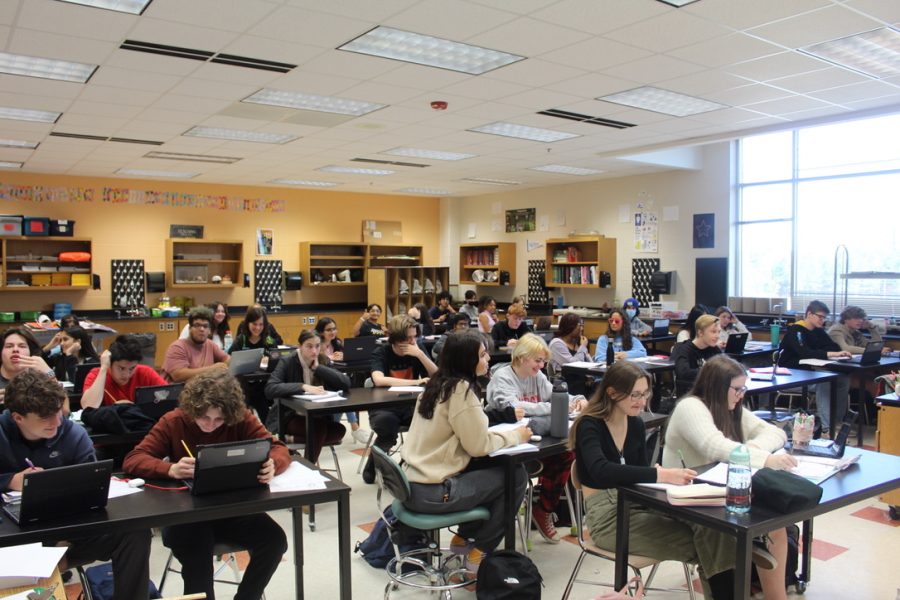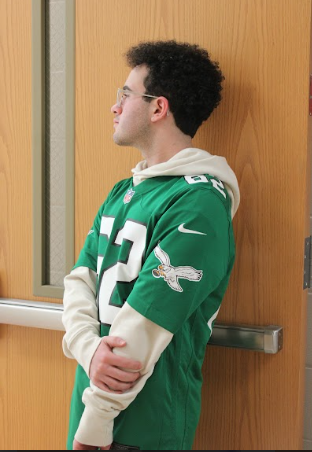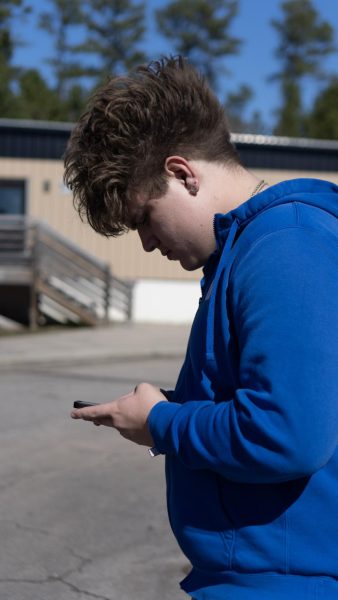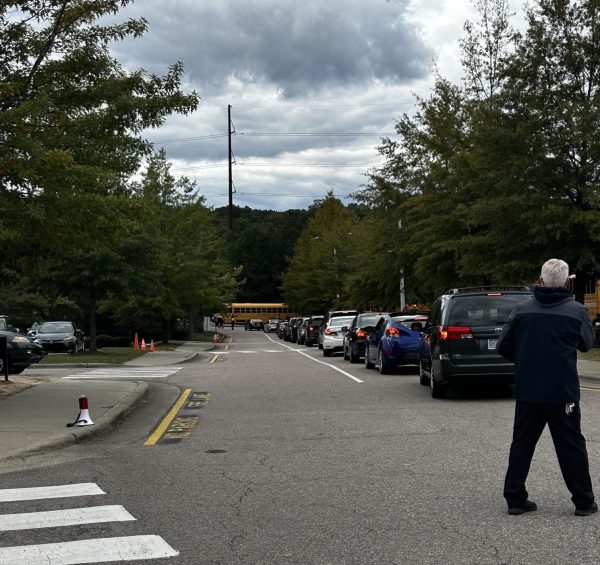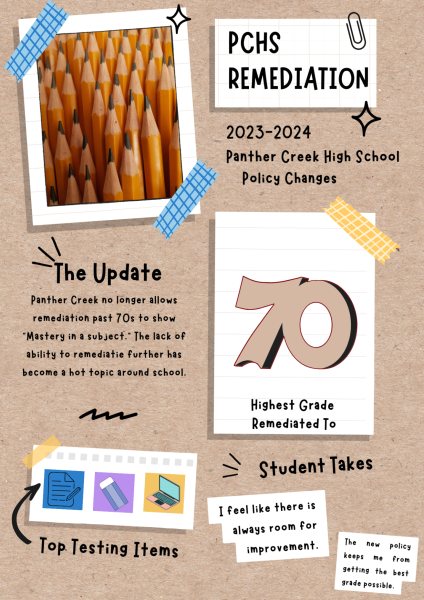Could the Implementation of Flexible Seating Help Students in the Classroom?
Specific schools have attempted in the past to incorporate flexible seating in their classrooms, and it could be beneficial to implement it on a more foundational basis at Panther Creek.
Flexible seating as a concept has been studied and discussed over the past years as a helpful tool for encouraging creativity and increasing intellectually stimulating discussions in the classroom. The theory behind diversifying seating options for students is that they will be able to recognize how they learn best and choose their environment accordingly. PCNN was interested in hearing PC students’ opinions of this possible solution to those struggling to perform well in class due to the mundane repetitiveness of their environment.
The question we were attempting to answer is quite simple in theory. Does flexible seating truly encourage work ethic and creativity? Enlightening interviews from multiple students told a revealing story that may call for a change in classrooms across all departments.
The number one issue mentioned with inflexible seating and seating charts at Panther Creek is the decrease in motivation to complete assignments. One student revealed, “If I sit with my friends I get more work done, and if I’m alone I just zone out of the class.” Most students can most likely confess to losing focus during certain classes, but it appears to not be an isolated issue; another student that was interviewed commented “If there isn’t flexible seating, I think it decreases… my work ethic.” Ideally, flexible seating would solve this problem as well as encourage participation from students who are not comfortable speaking in front of people they don’t know, which also came up frequently during interviews.
Two students in particular had something to say in regards to sitting with people they know rather than strangers. One is of the position that “Sitting with your friends is a lot more intellectually stimulating than sitting alone and not having anyone to work with.” This offers the concept that a change in mandatory seating could be the solution to teachers discouraged from the lack of participation in their classes. The other added that it is helpful to be able to choose their seat because they feel that they are free to speak their mind: “I sit with people I like, that I get to choose… so it lets me share what I think”.
Ideal options for flexible seating were also discussed. One student shared their thoughts: “Creativity can happen anywhere, but certainly some people can focus better when they’re comfortable”. This notion is seconded by another student’s interview, during which they said that their ideal plan for flexible seating would be “something that is comfortable and allows multiple people to be together at once”. Collaborative seating also made its way into many other students’ answers. An interviewee said “generally, in groups, you’re more engaged and working with the people” while another shared that “sitting in groups with my friends in the class [would be helpful] because I would be more motivated to do my work and the class would be more fun”.
In a more tangible idea for implementation, PCNN also asked for specific examples of how flexible seating could be better incorporated across the school. The students were anything but short on ideas. A few ideas that stood out followed the same vein as “something with a lot of different options” as a student eloquently described. These included adding a nook area in each classroom with the purpose being that “people who can’t really be creative in class are able to go and sit there and work on their work” as well as chair diversity: “All the chairs are the same everywhere unless you’re in the library.” Examples of different furniture that would still suit a classroom setting included wobble chairs and couches, which further supports the importance of student comfort.
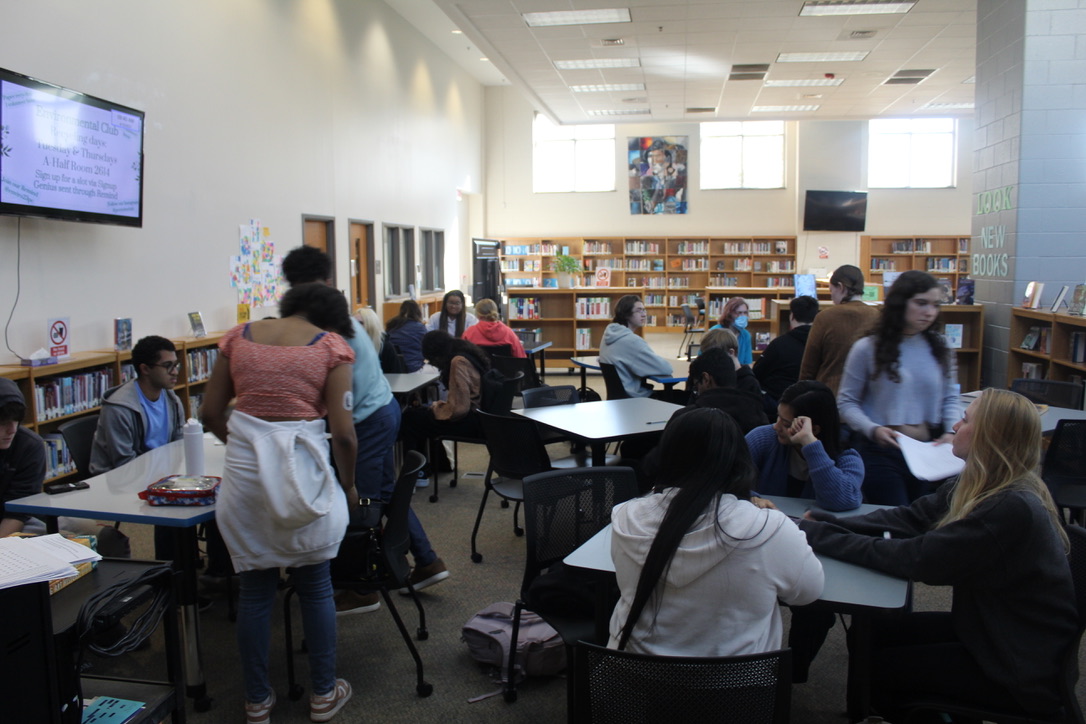
While students clearly agree that flexible seating will benefit them, it comes down to the administration and teachers to decide if flexible seating will be implemented in their classrooms. This decision requires a certain amount of mutual respect between teachers and their specific classes, which could be a difficult thing to manage. However, students are hopeful that this can be achieved. One student pointed out that teachers usually “go by certain classes, so if one class does something wrong, the other class is bothered by it too. They should go by what that [specific] class is doing and not by their other classes.“ They also commented that “Teachers should trust us [students] more.”
One student’s summary of their thoughts reflected the overall position of students on flexible seating at PCHS: “I think it goes beyond the media center and big spaces. In the classroom setting as well, it’s really important to have that [flexible seating] and in order for that to happen I think that teachers need to be more willing to be open to that option.“
We may not see a sudden wave of couches and wobble chairs being delivered to PC’s front door, but PCNN and students alike are hopeful that the summer will be time enough for the administration and teachers to recognize the benefits and attempt implementation in the 2023-2024 school year.


